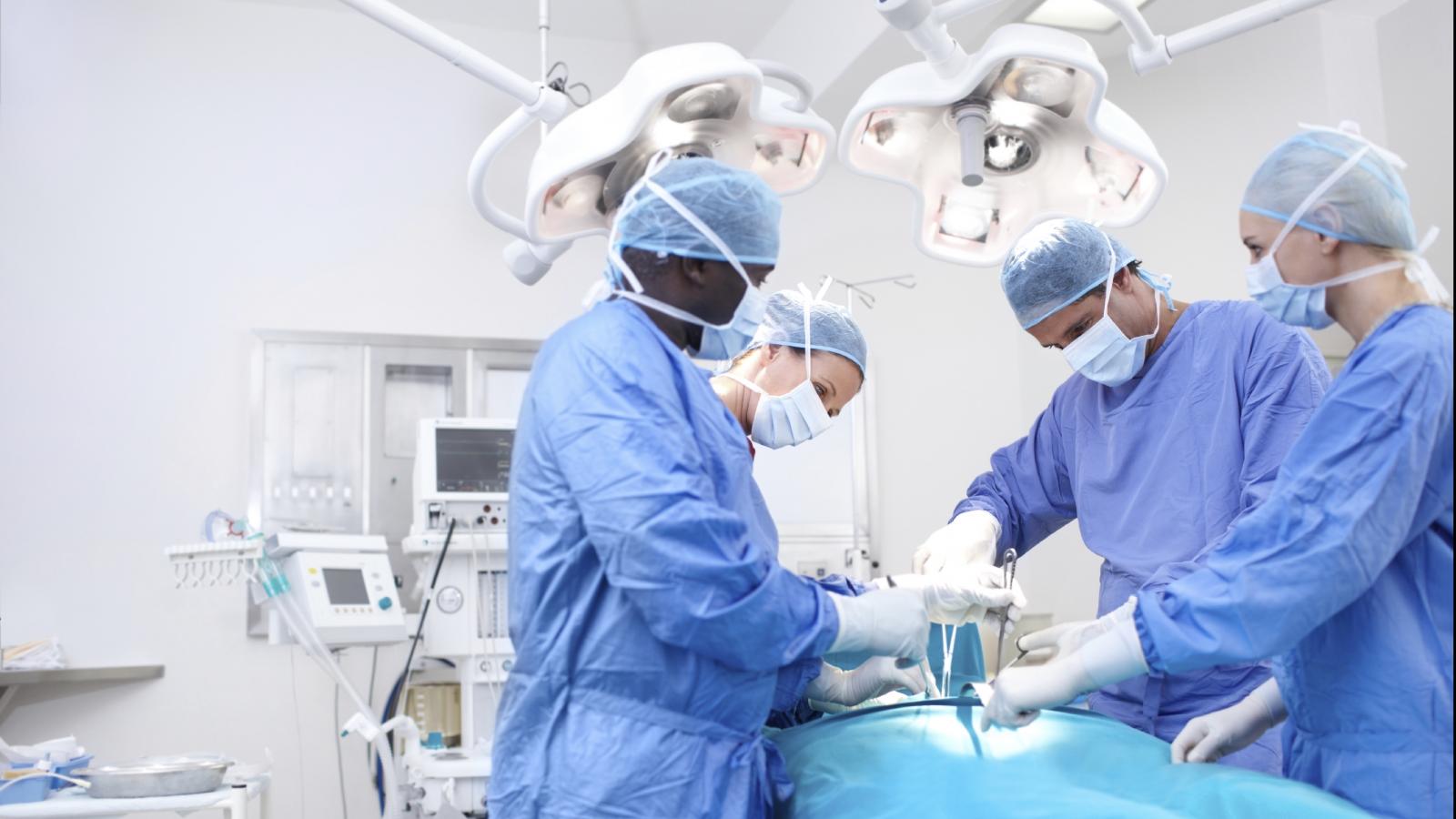Surgery for stomach cancer

On this page:
Surgery is the main treatment for stomach cancer. The aim is to remove all or part of the tumour. The main types of stomach surgery are:
- Partial gastrectomy: Part of your stomach is removed.
- Total gastrectomy: The whole stomach is removed.
Sometimes your surgeon finds out more about the size and location of the tumour during the surgery. This may mean that the planned operation isn’t the best option for you. You may need a different type of surgery or another treatment.
Before surgery
Most people with stomach cancer have weight loss, so you will need to be seen by a dietitian for advice about keeping your weight and strength up. The dietitian can also advise you about any nutritional supplements you might need.
If you have severe weight loss and still find it hard to eat, you may need tube feeding for a short while before your operation.
Read general information about getting ready for surgery.
It's natural to feel anxious about having surgery. Tell your doctor or nurse if you're feeling anxious and ask any questions you have about the surgery or what will happen afterwards.
Partial gastrectomy
If the cancer is found in only a small part of your stomach, the entire cancer and that part of your stomach can be removed.
After the operation, your stomach will be much smaller but the valve between your oesophagus and stomach will still be there.
Total gastrectomy
For cancer that affects a large part of your stomach, your entire stomach, the lower part of your oesophagus and sometimes your spleen will be removed. Your oesophagus is then joined to your small intestine (bowel).
Picture courtesy CRUK/Wikimedia Commons
In some cases, lymph nodes found near your stomach are removed during the operation. This reduces the risk of the cancer coming back in the future. Other organs in the area of your stomach may be removed at the same time, like the lower part of your oesophagus (oesophagogastrectomy) or the upper part of your small bowel. This depends on how far the cancer has spread (the stage of the cancer).
Laparoscopic (keyhole) surgery
It may be possible for your surgeon to remove your stomach using keyhole surgery. This is also called laparoscopic surgery. The recovery time is usually quicker with keyhole surgery and your scar will be smaller.
Surgery to relieve symptoms (bypass surgery)
Bypass surgery can help to relieve symptoms when the tumour is blocking your food from moving through your digestive system.
Your surgeon joins the part of your stomach above the blockage directly to the first part of your small bowel. The food can then move through your digestive system to your bowel. This will not cure the cancer but will relieve symptoms such as nausea and vomiting.
This is palliative surgery, which means surgery to improve symptoms rather than cure the cancer.
For more information
Phone
1800 200 700




